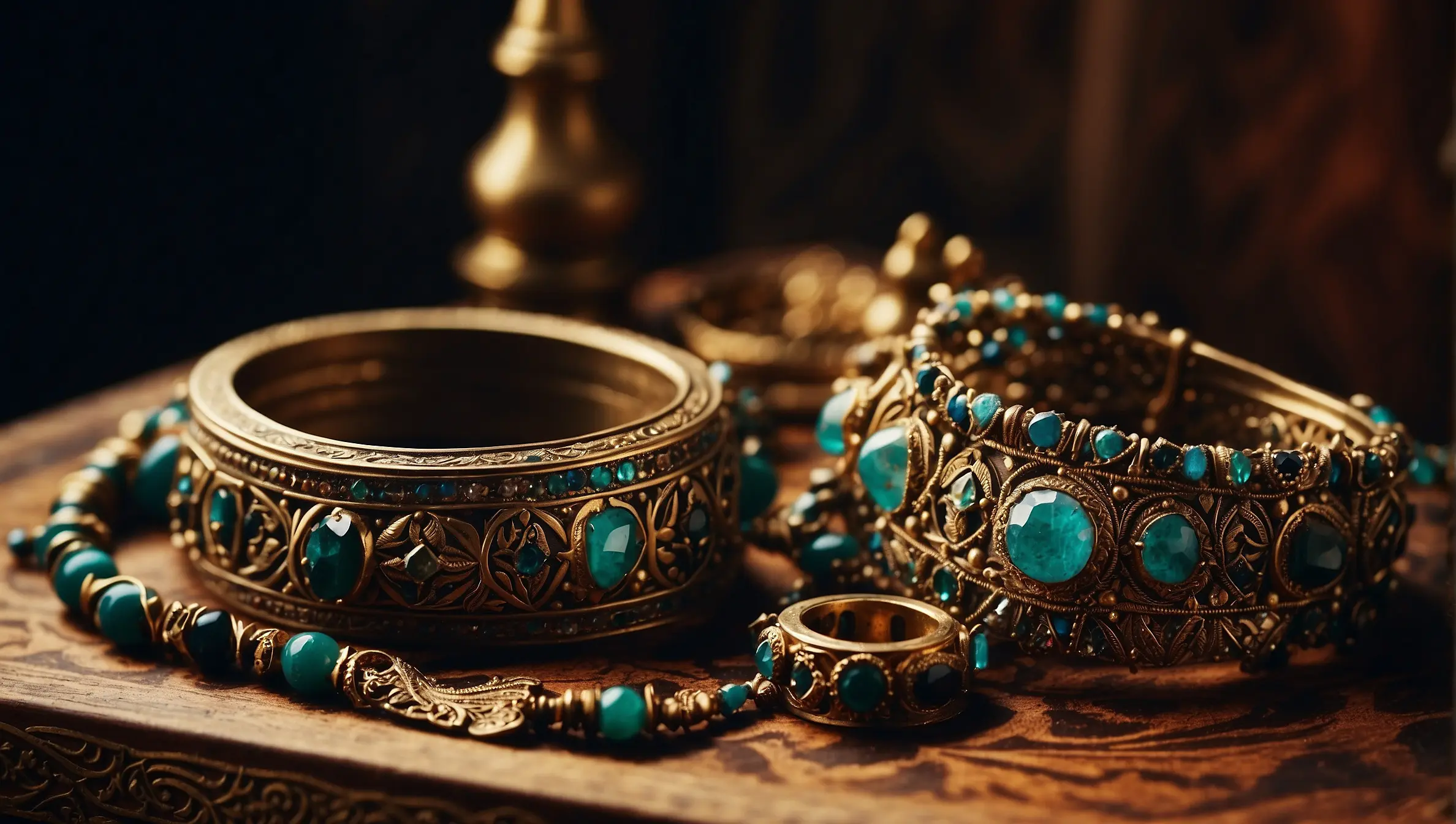The craft of jewelry making refers to processing and casting gold, silver, or other precious metals by smiths to make jewelry and ornaments. Out of its great economic value, this craftmanship has been known among various nations.
Craft Tools:
Jewelers use many tools, including a forge blower to melt metals and cast them into the desired shape, and small hammers such as the
askalan, the smallest hammer used in the industry. Jewelers also use
himlaj, a small iron tube blower in which the jeweler blows. Jewelers also use other tools to narrow or expand items, and engrave, draw or write on jewelry articles.
Roots of the Craft in Madinah:
This craft had been known known before metals were discovered. It developed and varied after the discovery of metals. The craft has been known in Madinah since ancient times. Wearing gold and silver ornaments was well-known among women in Madinah, so some residents of the city worked as goldsmiths, silversmiths and jewelers. They were known for their quality workmanship and had many famous markets. Some jewelers were also skilled in making gold teeth and noses. They also engraved names on rings when asked to do so.
Pioneers of the Craft in Madinah:
The craft of jewelry making was popular in Madinah. Craftsmen practicing this craft were known as
'jawharajiya', a designation used for both goldsmiths and silversmiths.
Future of the Craft in Madinah:
Today, Madinah boasts scores of gold and silver stores, especially the ones near the Prophet’s Mosque. They showcase hundreds of designs and shapes of the various types of jewelry.
Due to a massive influx of imported artifacts, the local jewelry making, once reputable in the region, has declined.
Therefore, the Kingdom has exerted efforts to preserve the craft and train Saudi youth on jewelry making in order to improve local production through the establishment of specialized training centers using the state-of-the-art technology.
